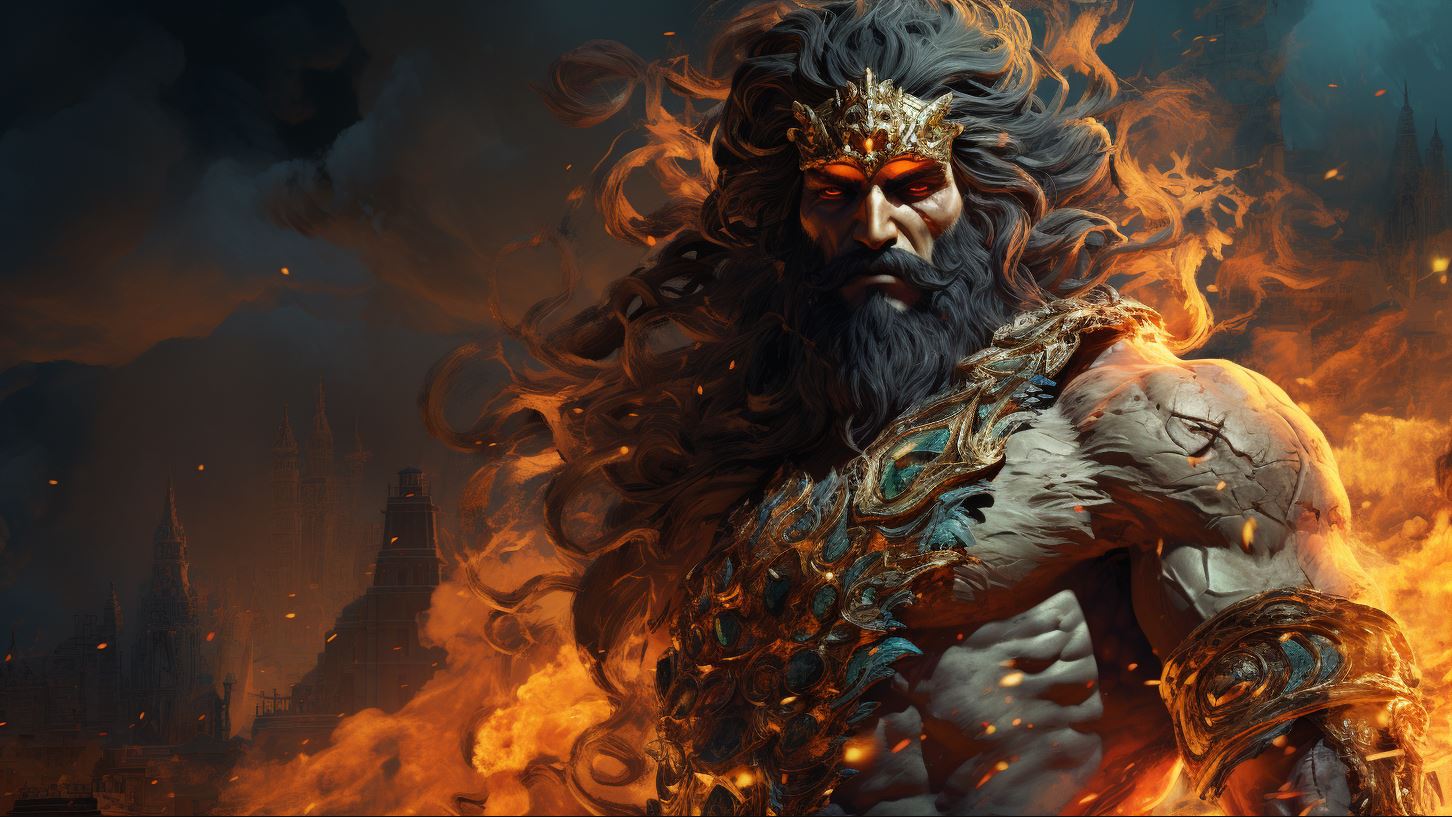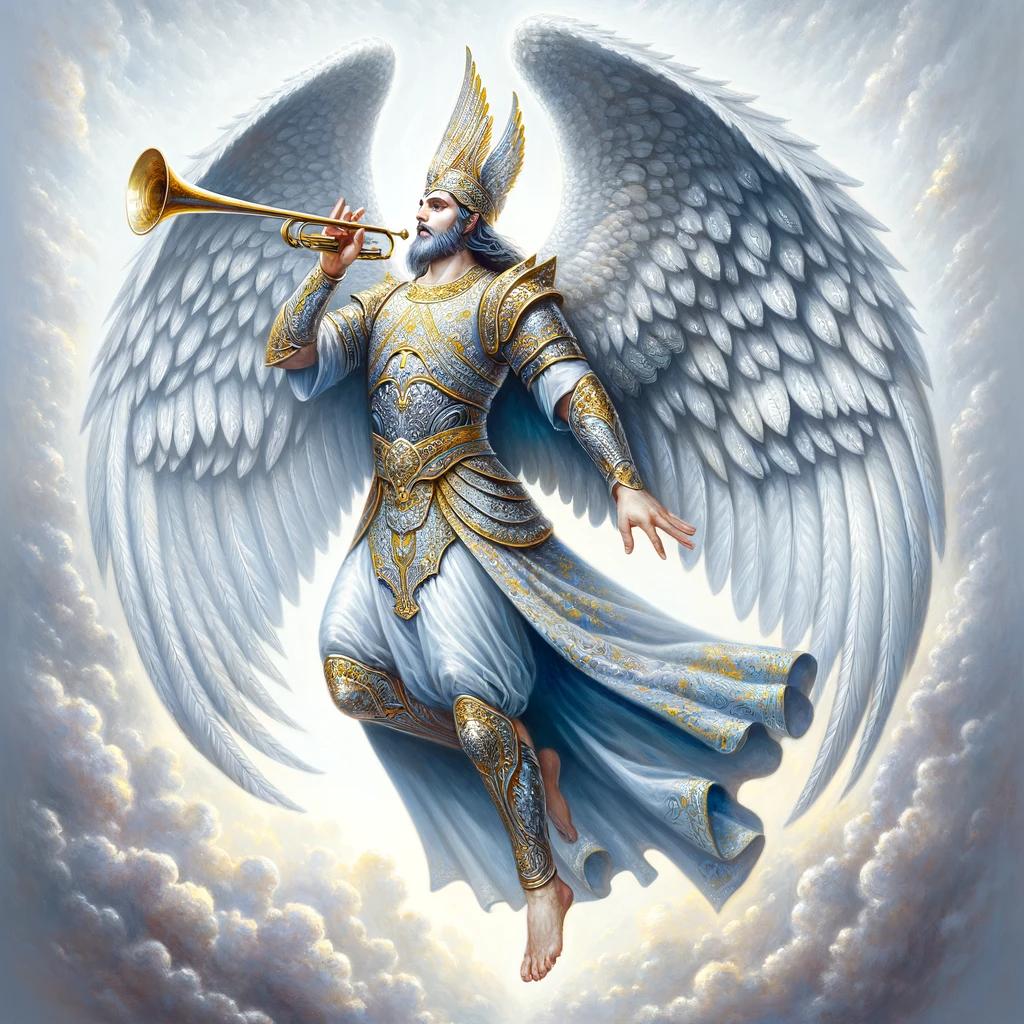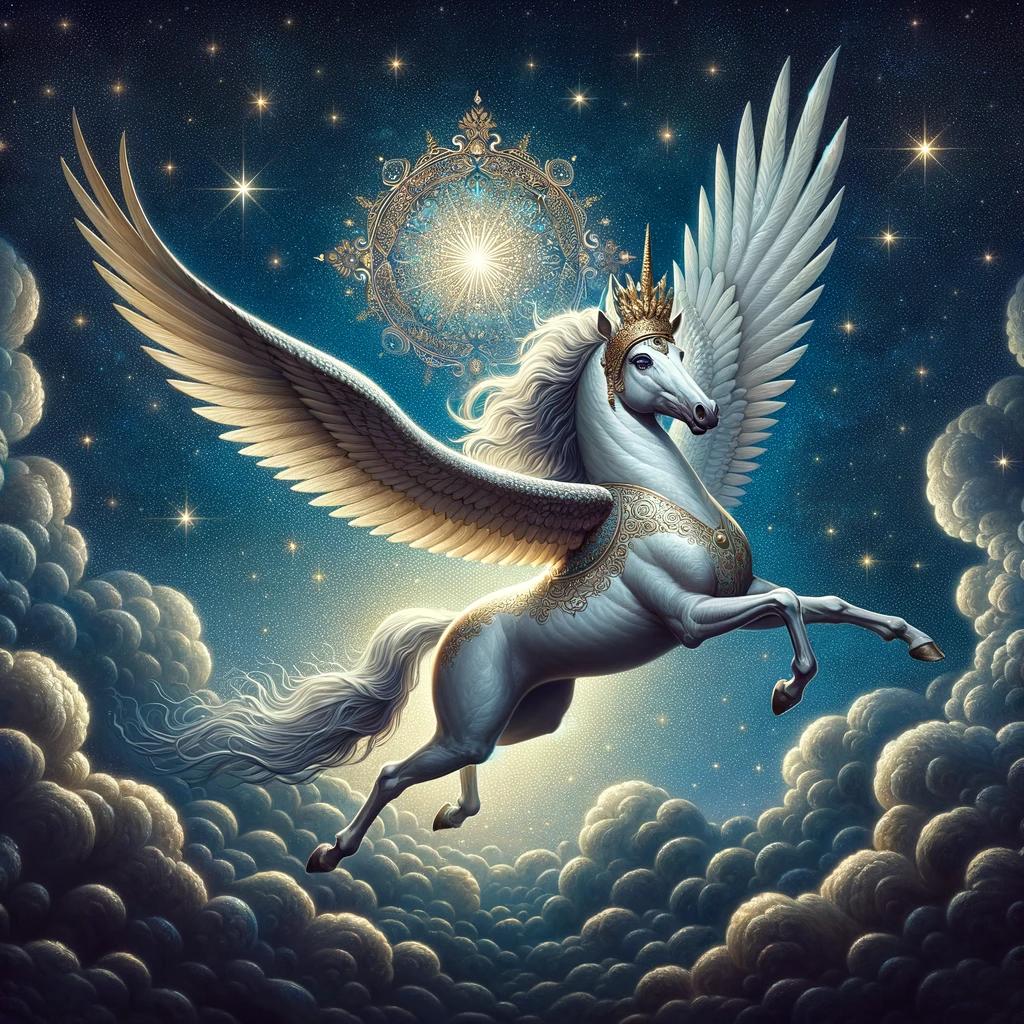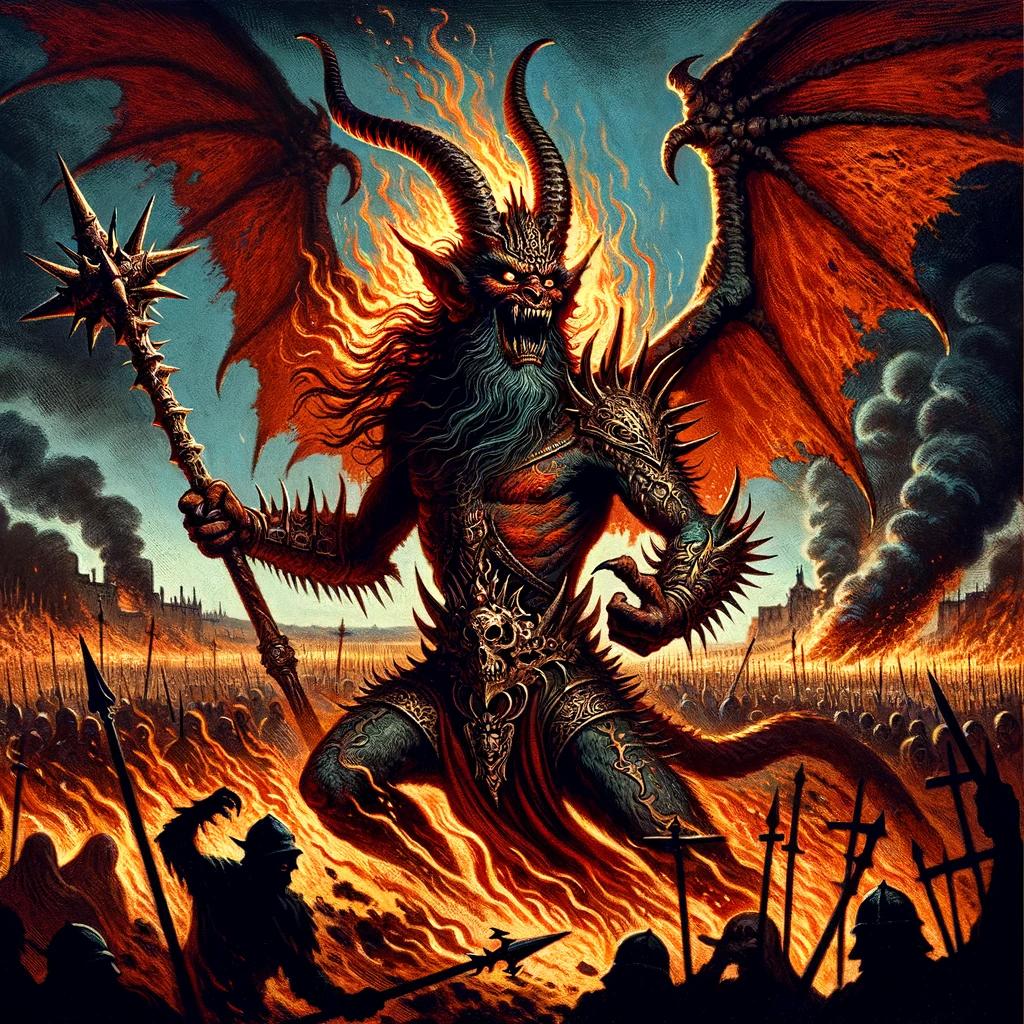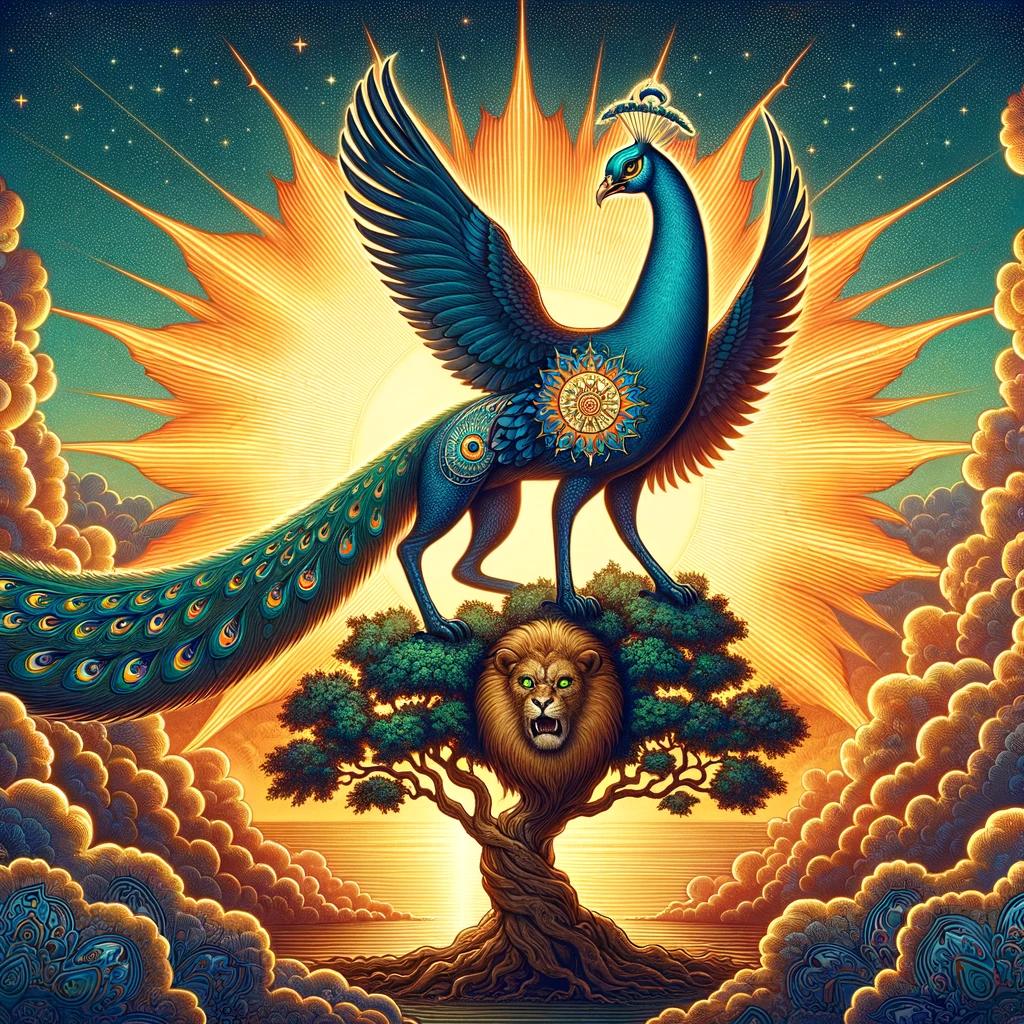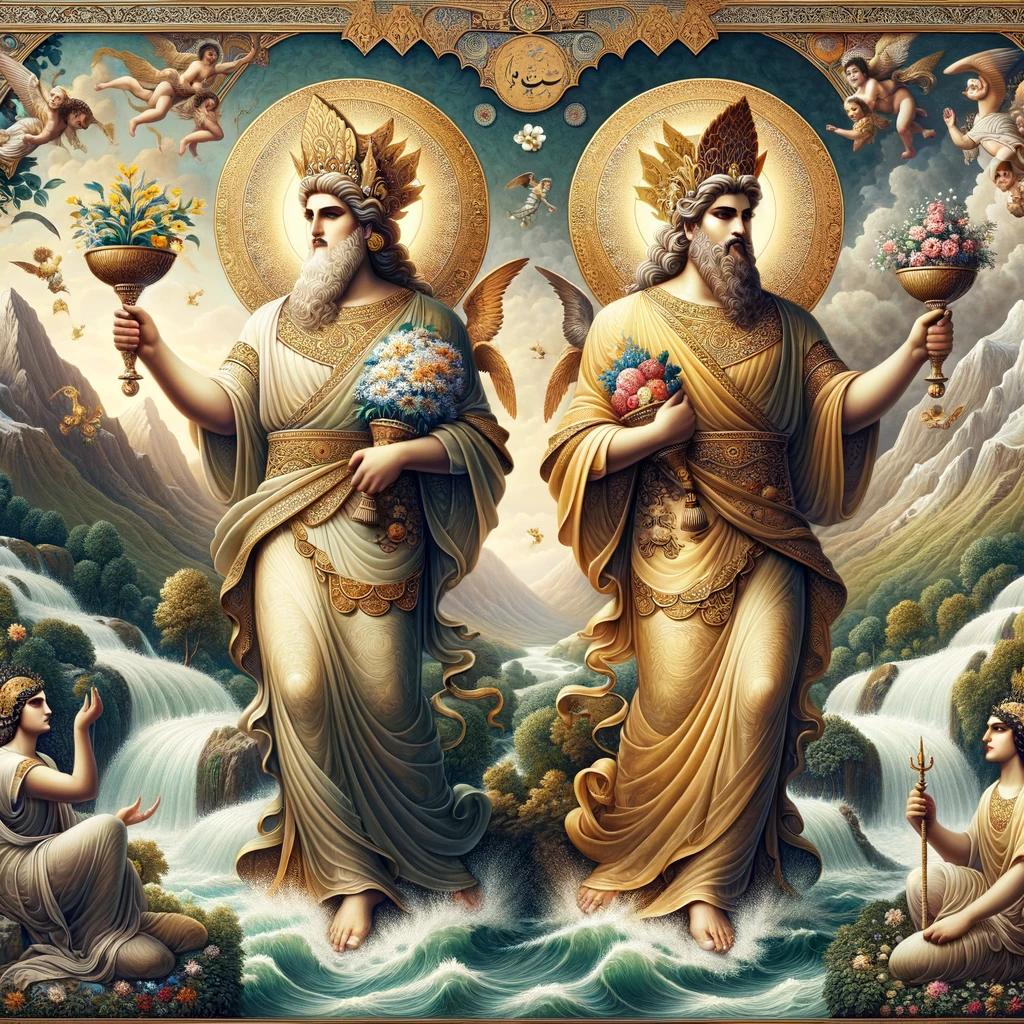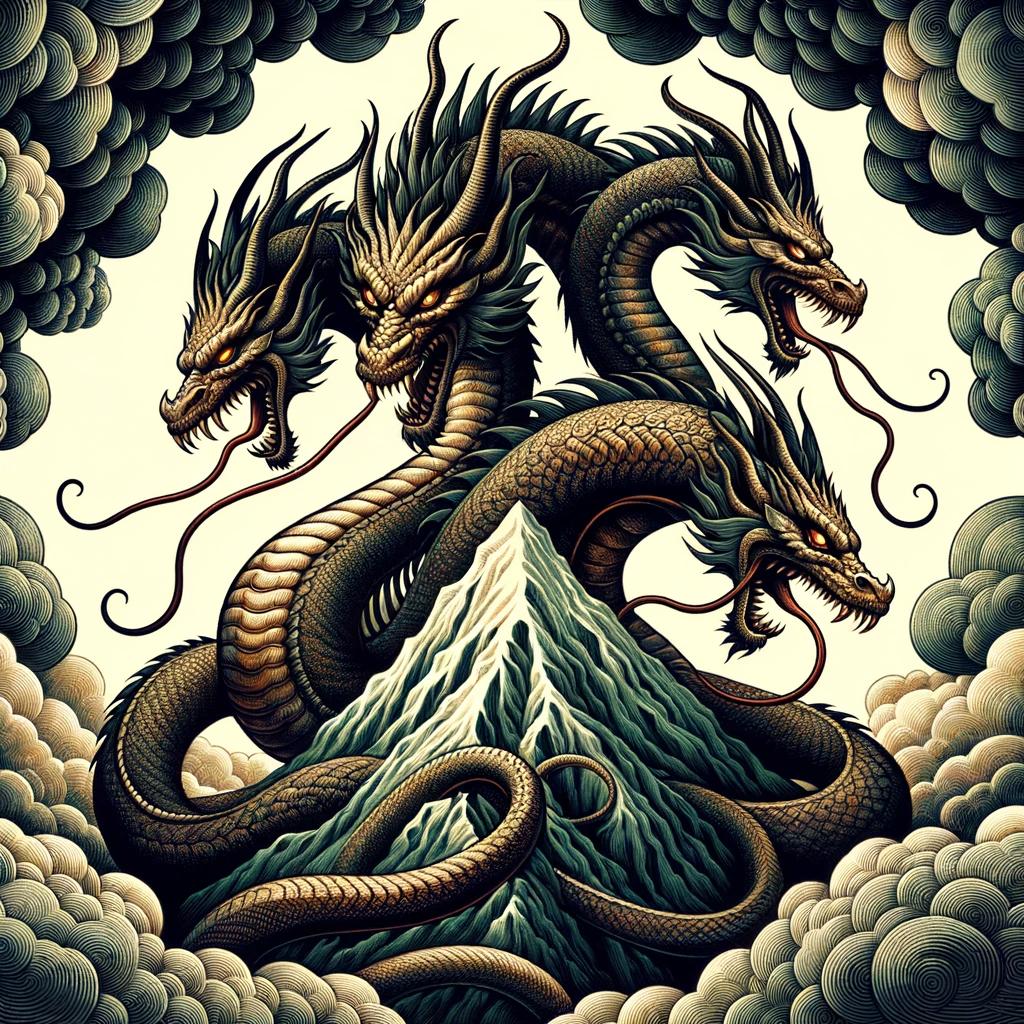Angra Mainyu God: Unveiling the Malevolent Spirit in Zoroastrianism
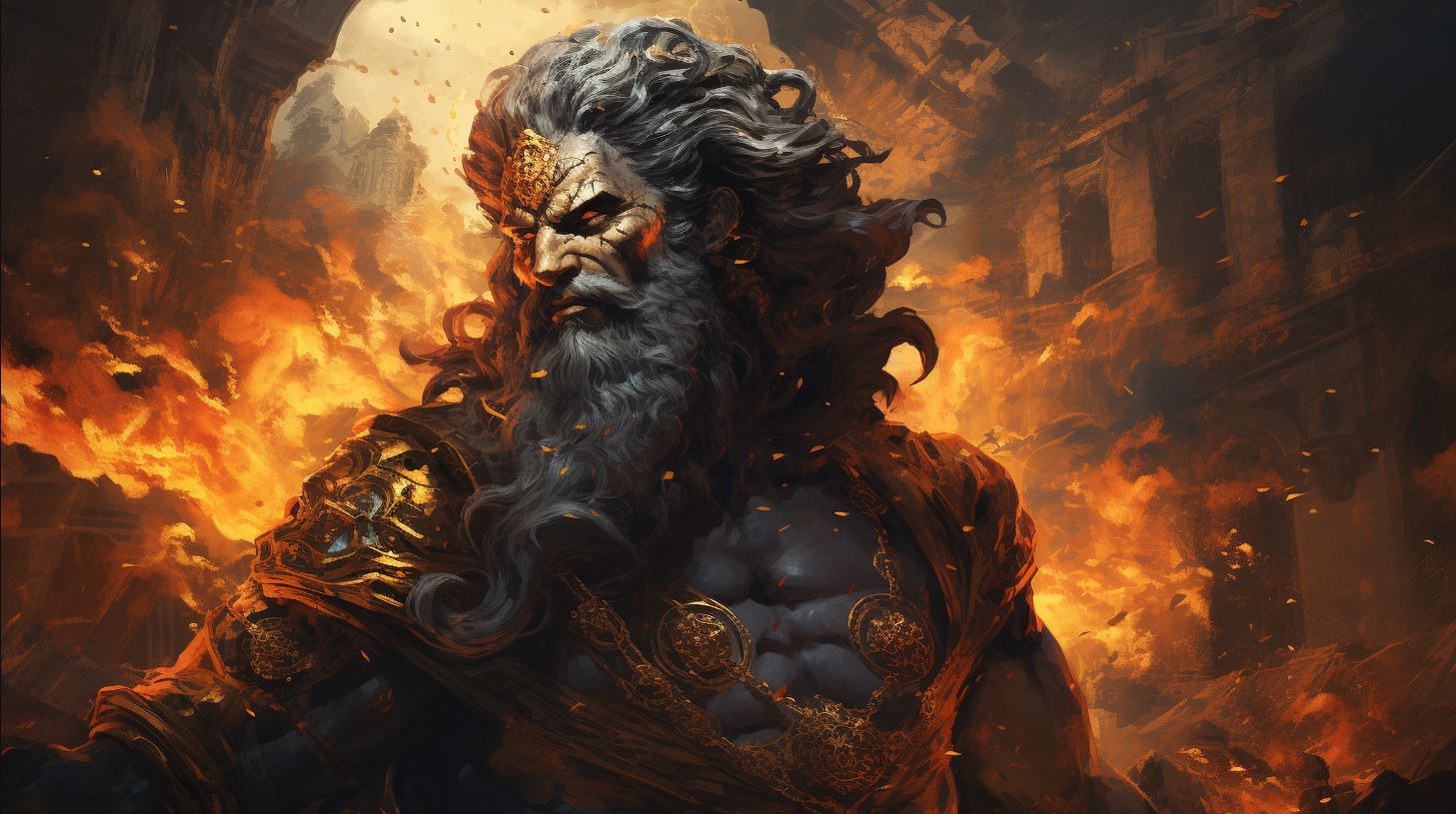
Angra Mainyu, known as the malevolent spirit in Zoroastrianism, holds a significant role in this ancient belief system. Believed to be the adversary of Ahura Mazda, the supreme deity, Angra Mainyu represents the concept of evil and destruction.
In this article, we will explore the origins and key concepts of Zoroastrianism, delve into the existence of Angra Mainyu, examine its significance in rituals and worship, and discuss modern interpretations of this malevolent spirit.
Dive into the intriguing world of Angra Mainyu, uncovering its symbolism and relevance in contemporary contexts.
Understanding the Zoroastrian Belief System
The Zoroastrian belief system, originating in ancient Persia, holds a rich history and a unique set of key concepts. Expanding our knowledge of Zoroastrianism allows us to gain insight into its profound impact on the development of human spirituality and religious thought throughout centuries.
Origins and History of Zoroastrianism
Zoroastrianism traces its roots back to the ancient Persian prophet Zoroaster, also known as Zarathustra. Scholars believe he lived somewhere between the 18th and 6th centuries BCE, although exact dates remain elusive.
Zoroaster’s teachings were later compiled into sacred texts called the Avesta, which formed the foundation of this monotheistic faith.
With the advent of Zoroastrianism, a pivotal shift occurred in religious thinking.
It introduced the concept of one supreme deity, Ahura Mazda, who embodies wisdom, truth, and righteousness. Ahura Mazda became the center of worship in Zoroastrianism. The religion gained significant popularity during the Achaemenid Empire and was widely practiced in the Persian Empire until the rise of Islam.
Key Concepts in Zoroastrianism
Zoroastrianism revolves around several key concepts that shape its belief system:
- Dualism: Central to Zoroastrianism is the concept of dualism, the eternal struggle between good and evil. This cosmic battle takes place between Ahura Mazda, representing goodness and light, and Angra Mainyu, the embodiment of evil and darkness.
- Eternal Flame: Fire holds immense symbolism in Zoroastrianism.
The eternal flame represents the divinity of Ahura Mazda, serving as a sacred source of purity and illumination.
- Free Will: Zoroastrianism emphasizes the individual’s responsibility to choose between good and evil.
Every person possesses free will to align their thoughts, words, and actions with either Ahura Mazda or Angra Mainyu.
- Judgment and Afterlife: Zoroastrians believe in a final judgment where the deeds of every individual are evaluated.
Those who lead righteous lives are rewarded in the afterlife, while evildoers face punishment.
- Environmental Stewardship: Zoroastrian teachings emphasize the importance of caring for the environment and living in harmony with nature.
Preservation of the earth and its resources is a sacred duty.
By delving into these fundamental concepts, we can grasp a deeper understanding of the Zoroastrian belief system and the intricate interplay between good and evil in their worldview.
These principles continue to shape the faith and influence followers’ everyday lives even in the present day.
Angra Mainyu: Exploring the Existence of the Malevolent Spirit
The presence of Angra Mainyu in Zoroastrianism revolves around the dualistic doctrine, which emphasizes the perpetual battle between good and evil forces. Angra Mainyu represents the malevolent aspect of this eternal struggle, often depicted as the adversary to Ahura Mazda, the supreme deity in Zoroastrian belief.
Angra Mainyu and the Dualistic Doctrine
In Zoroastrianism, the dualistic doctrine posits the existence of opposing principles: good (Spenta Mainyu) and evil (Angra Mainyu). Angra Mainyu embodies the antithesis of divine perfection, seeking to disrupt harmony and create chaos.
This malevolent spirit tempts individuals toward harmful actions and endeavors to corrupt the natural order.
Zoroastrian followers view life as a constant battle between these contrasting forces, with individuals encouraged to choose the path of righteousness and align themselves with the principles of Spenta Mainyu.
Angra Mainyu’s Role in World History
Angra Mainyu’s impact extends beyond individual spiritual battles. According to Zoroastrian mythology, this malevolent spirit played a significant role in the creation of the universe. Angra Mainyu symbolizes the corrosive force responsible for introducing discord and evil into the world.
As the counterforce to Ahura Mazda’s divine plan, Angra Mainyu constantly challenges the benevolent cosmic order. Zoroastrians believe that throughout history, various instances of conflict, suffering, and moral decay can be attributed to the influence of this malevolent deity.
- Angra Mainyu is associated with destructive natural phenomena such as storms, diseases, and famine.
- This spirit tempts humanity towards evil deeds and diverts individuals from the path of righteousness.
- Legends depict Angra Mainyu as a cunning adversary, exerting relentless effort to undermine Ahura Mazda’s divine plan.
In understanding the role of Angra Mainyu in world history, Zoroastrianism emphasizes the need for humans to actively resist its allurements and work towards the triumph of good over evil.
This exploration of Angra Mainyu’s existence and significance in Zoroastrianism provides a glimpse into the intricate theological framework of this ancient religion. By comprehending this malevolent spirit’s role within the dualistic doctrine and its impact on the course of history, we gain insights into the morals, values, and spiritual practices that shape the belief system of Zoroastrians.
Ahura Mazda: The Supreme Deity and the Fight Against Evil
Ahura Mazda, the supreme deity in Zoroastrianism, plays a crucial role in the ongoing battle against evil. This section delves into the relationship between Ahura Mazda and Spenta Mainyu, shedding light on their significance in this cosmic struggle.
Ahura Mazda and Spenta Mainyu
Ahura Mazda is the creator and sustainer of the universe, often referred to as the “Wise Lord.” Representing goodness, truth, and wisdom, Ahura Mazda embodies the divine qualities that counter the malevolent spirit of Angra Mainyu.
Spenta Mainyu, also known as the Holy Spirit, stands alongside Ahura Mazda as a divine force that promotes life, growth, and creativity.
Within Zoroastrianism, Ahura Mazda and Spenta Mainyu are seen as complementary entities, working together to maintain order, harmony, and the triumph of good over evil. Their unity represents the underlying principle of cosmic balance and the ultimate victory of righteousness.
The Good and Evil Destructive Spirits in Zoroastrianism
Zoroastrianism recognizes the existence of two opposing forces: the forces of good and the forces of evil. While Ahura Mazda represents the forces of good, Angra Mainyu embodies the forces of evil.
Angra Mainyu, also known as Ahriman, seeks to disrupt the divine order established by Ahura Mazda and bring chaos and destruction to the world.
In this cosmic battle, humanity is called upon to align themselves with Ahura Mazda and resist the temptations of Angra Mainyu. Zoroastrian teachings emphasize the importance of making conscious choices in favor of righteousness, thus aiding in the defeat of evil.
Through virtuous thoughts, words, and actions, individuals contribute to the overall triumph of good in Zoroastrian belief.
In summary,
Ahura Mazda, the supreme deity, and Spenta Mainyu, the Holy Spirit, stand as powerful forces against the malevolent spirit of Angra Mainyu. Their unity and divine qualities represent the cosmic fight against evil and the triumph of righteousness.
By aligning themselves with Ahura Mazda, adherents of Zoroastrianism strive to maintain balance and contribute to the ultimate victory of good in the ongoing battle against evil.
Angra Mainyu in Practice: Rituals and Worship
Angra Mainyu, the malevolent spirit in Zoroastrianism, has a significant influence on the rituals and worship practices of this ancient religion.
In this section, we delve into two key aspects: the Ahuna Vairya and the battle against evil, and the rites and offerings performed to counter Angra Mainyu’s influence.
The Ahuna Vairya and the Battle Against Evil
The Ahuna Vairya prayer, also known as the Ashem Vohu prayer, plays a crucial role in combating the influence of Angra Mainyu.
This sacred prayer is recited as a powerful invocation, emphasizing the triumph of good over evil. Zoroastrians believe that through the recitation of this liturgical formula, believers draw closer to Ahura Mazda, the supreme deity, reinforcing their spiritual connection and fortifying themselves against the malevolence of Angra Mainyu.
The Ahuna Vairya prayer serves as a potent weapon in the ongoing battle against evil. It symbolizes the determination of the Zoroastrian community to uphold righteous values and resist the temptations and destructive forces perpetuated by Angra Mainyu.
Reciting this prayer not only strengthens their bond with the divine but also encourages individuals to actively combat evil in their daily lives, promoting peace, harmony, and righteousness.
Rites and Offerings to Counter Angra Mainyu’s Influence
Within Zoroastrianism, adherents perform various rituals and offerings to counteract the malevolent influence of Angra Mainyu.
These practices seek to maintain spiritual purity, ward off evil, and promote positive energy.
- Purification Ceremonies: Zoroastrians engage in purification rituals, such as the Navjote (initiation ceremony) and the Afrinagan (purification rite), to cleanse the individual and the environment from the corrupting forces associated with Angra Mainyu.
These ceremonies aim to foster spiritual renewal and protect against the infiltration of evil.
- Sacrificial Offerings: Offerings, including sacrifices of animals or symbolic representations, are made to appease the divine beings and seek their protection against the influence of Angra Mainyu.
These acts of devotion and surrender symbolize the commitment to the divine order and the rejection of malevolence.
- Fire Worship: Fire holds tremendous significance in Zoroastrianism as a sacred entity representing purity, enlightenment, and the presence of Ahura Mazda.
Worshiping in the presence of fire is a means to connect with the divine, seeking solace, guidance, and protection from the destructive forces embodied by Angra Mainyu.
Through purification ceremonies, sacrificial offerings, and fire worship, followers of Zoroastrianism strive to counter the negative forces associated with Angra Mainyu and foster a harmonious relationship with Ahura Mazda and the forces of good.
Modern Interpretations and Relevance of Angra Mainyu
Exploring the contemporary understanding and significance of Angra Mainyu, the malevolent spirit in Zoroastrianism, sheds light on its enduring influence in present-day society. Both within the Zoroastrian community and in broader contexts, Angra Mainyu’s symbolism continues to provoke contemplation and reflection.
Angra Mainyu in Present-Day Zoroastrianism
In modern Zoroastrianism, believers interpret Angra Mainyu as a symbol of the negative aspects of human nature and the challenges that individuals face in their spiritual journey. Rather than personifying a literal evil spirit, Angra Mainyu represents an internal struggle against vices such as anger, greed, and falsehood.
Zoroastrians today view their battle against Angra Mainyu as a personal quest for moral righteousness and self-improvement. They strive to overcome the negative influences associated with Angra Mainyu through acts of compassion, truthfulness, and righteousness.
This interpretation reflects the evolution of Zoroastrianism and its adaptability to the modern human experience.
The Significance of Angra Mainyu’s Symbolism in Contemporary Contexts
Beyond the confines of Zoroastrianism, Angra Mainyu’s symbolism holds relevance in contemporary contexts. It prompts us to reflect on the existence of evil in the world and the eternal struggle between good and evil.
Angra Mainyu serves as a reminder that darkness and negativity are pervasive forces that must be recognized and actively countered.
The concept of Angra Mainyu can also be seen as a metaphor for the challenges and adversities that individuals and societies face.
It encourages us to confront and overcome the destructive influences that hinder our progress and well-being. By acknowledging the presence of Angra Mainyu, we gain a deeper understanding of the complexities of life and the need to strive for positive change.
- Examining Angra Mainyu’s influence in literature, art, and popular culture allows us to explore the enduring fascination with the concept of evil.
- Psychological interpretations of Angra Mainyu shed light on the human psyche and the dark impulses that can arise within individuals.
- Angra Mainyu’s symbolism is also relevant in discussions surrounding ethics, morality, and the complexities of navigating a morally ambiguous world.
Overall, the modern interpretations of Angra Mainyu demonstrate its lasting relevance and the profound impact it continues to exert on individuals, societies, and various intellectual realms.
By engaging with its symbolism and reflecting on its meaning, we can deepen our understanding of the eternal struggle between good and evil and strive for a more enlightened existence.
.

